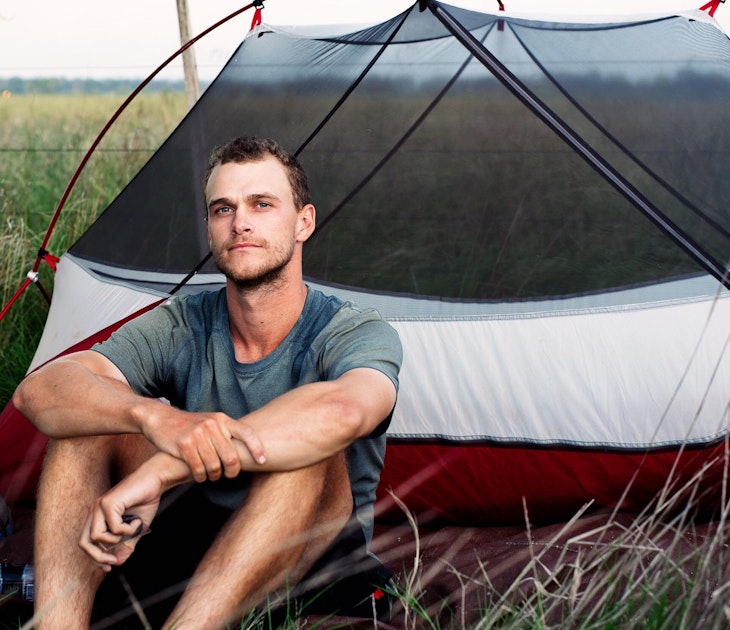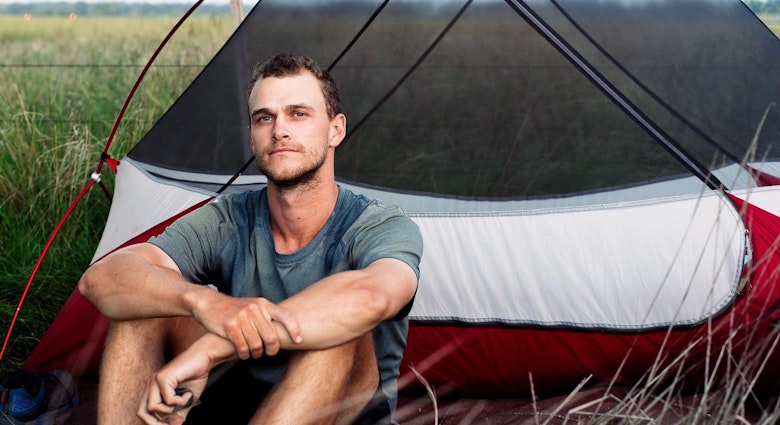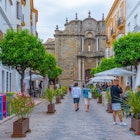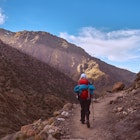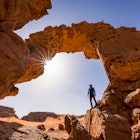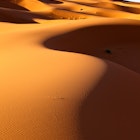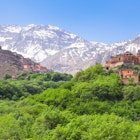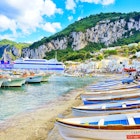Morocco is blessed with some of the world’s most dramatic and beautiful mountains, many of which only see a handful of travellers every year; others remain totally unexplored by foreigners. Morocco’s broad range of climates is also a blessing for trekkers. Whichever range you choose, trekking is often the highlight of any visit to Morocco.

High Atlas Mountains
The highest mountain range in North Africa is a trekker’s paradise. The High Atlas run diagonally across Morocco, from the Atlantic coast northeast of Agadir all the way to northern Algeria. Running for almost 1000km, the range includes several summits higher than 4000m and more than 400 above 3000m. This makes a spectacular setting for walks and offers the possibility of bagging a few summits as you go.
The Berbers call the High Atlas Idraren Draren (Mountains of Mountains), and their presence here will be one of the most memorable aspects of a walk. Although wild and harsh, the area has long been inhabited by Berbers, whose flat-roofed, earthen villages seem to have grown out of the mountainsides, above terraced gardens and orchards of walnuts and fruit trees.

Western High Atlas
You don’t have to go too far west of Jebel Toubkal to find a very different landscape and some very different trekking conditions. The lower ranges to the west, running down towards the Souss plains, are generally warmer and greener but can still offer great walking in a magical area where jagged mountains and deep gorges are mixed with considerable forests, fertile valleys of date, almond, olive and walnut trees, and distinctive Berber villages. The terrain may make for gentler trekking, but it still offers some challenges and plenty of rewards.
The gem here is the Tichka plateau, a bewitching area of highland meadows that are particularly delightful in spring, when they are covered in wildflowers. Although much of the walking here is less demanding than in the Toubkal area, the Tichka is still cut through by hidden gorges, thick with forests, edged with peaks and studded with stunning Berber villages.
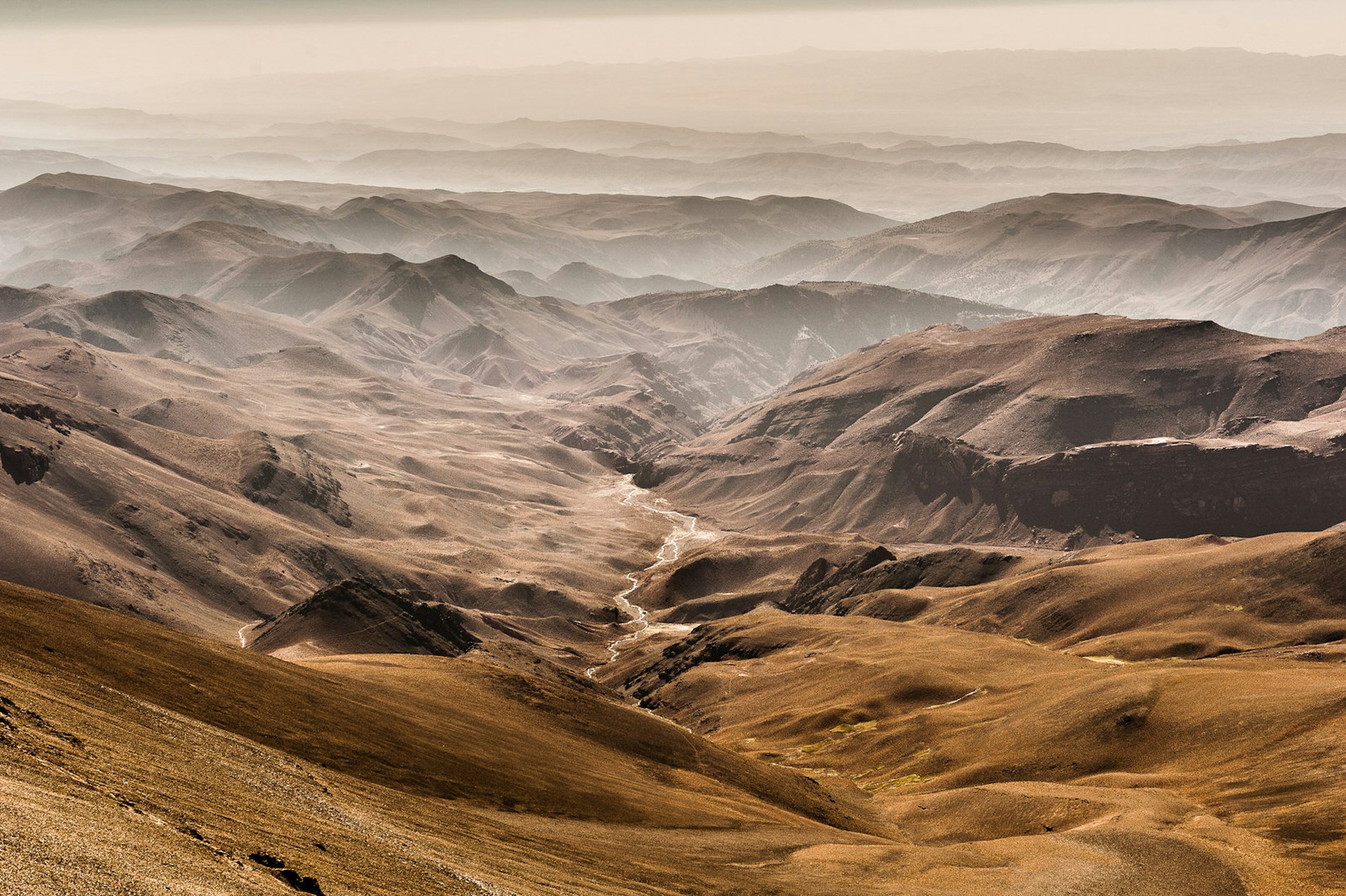
Central High Atlas
A growing number of trekkers are moving over to the central High Atlas and the M’Goun Massif. The M’Goun offers great scope for trekkers, as it is remote and relatively unexploited. There is much drama here: sedimentary rock forms, dramatic ridges and escarpments, tremendous gorges displaying deep-red and orange walls carved by erosion. These gorges are some of the highlights of the area and some can be walked and/or waded through (they’re sometimes waist deep with water), making for a memorable, if chilling, experience. One of the great pleasures of this walk is the chance to follow one river up to its source, cross the mountain and then follow another river down into its valley.
The landscape is incredibly varied, with lush valleys and bare rock walls. Some of the Berber architecture styles you will see are found only in this valley, Yemen and Afghanistan.

Rif Mountains
Why don’t more people come to walk in the Rif Mountains? The first and lowest of the mountain ranges that ripple south through Morocco, they make perfect trekking country, blessed as they are with magnificent ranges, gorges and valleys, clothed in forests of cedar, cork oak and fir. Being close to the Mediterranean, the Rif are also the greenest of Morocco’s mountains and springtime, with its riot of wildflowers, is one of the most delightful times to walk here. You are also likely to meet troupes of Barbary apes around the edge of Talassemtane National Park.

Anti Atlas Mountains
The last significant mountains before the Sahara are the arid, pink-and-ochre-coloured chain of the Anti Atlas, and beneath the arid, jagged mass of its two major peaks lie lush irrigated valleys and a string of oases. Morocco has such a wealth of trekking options that perhaps it is not surprising that an area with the potential of Tafraoute has not yet been fully exploited. The Anti Atlas around Tafraoute has rugged, barren rocks and lush green valleys aplenty. Jebel El Kest is the star attraction. The 'amethyst mountain' is a massive ridge that stretches away northwest of Tafraoute.
In spite of the harshness of the landscape, the Berbers who live in villages such as Tagoudiche still manage to grow the mountain staples of wheat, barley, olives, figs and almonds. Jebel Aklim is surrounded by Berber villages in valleys guarded by old kasbahs, and there are great views over to the High Atlas to Jebel Siroua.
https://shop.lonelyplanet.com/products/morocco-travel-guide-12

